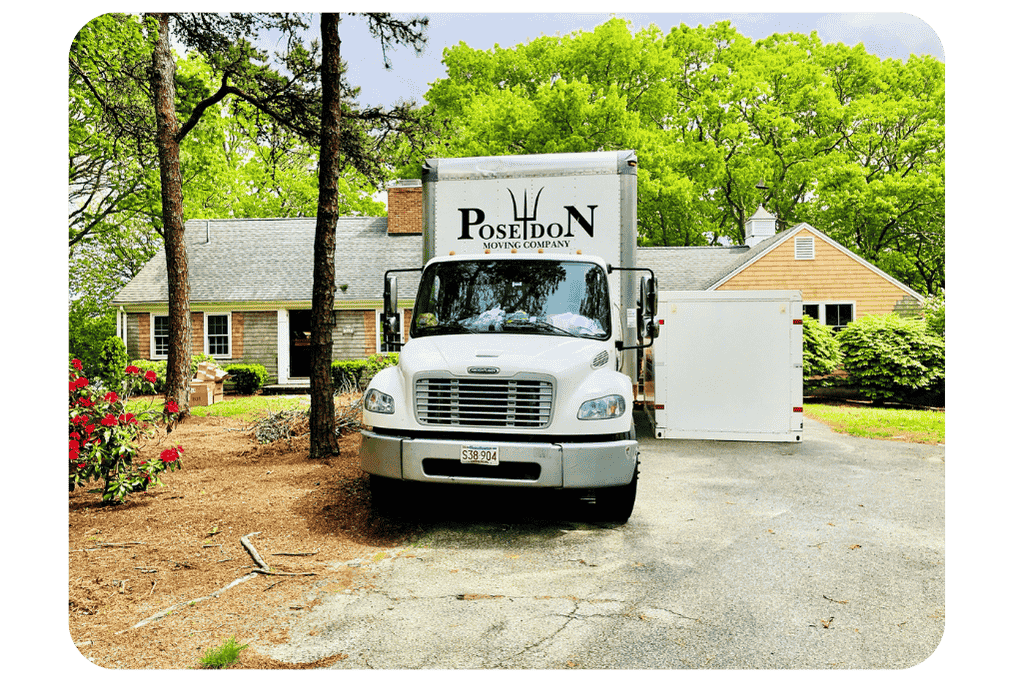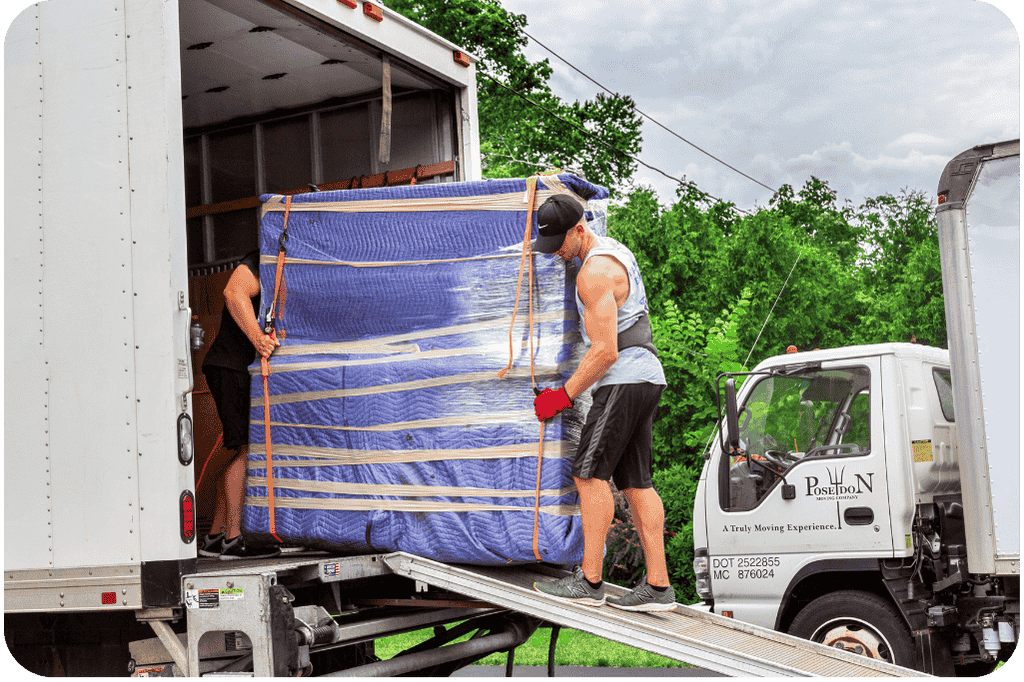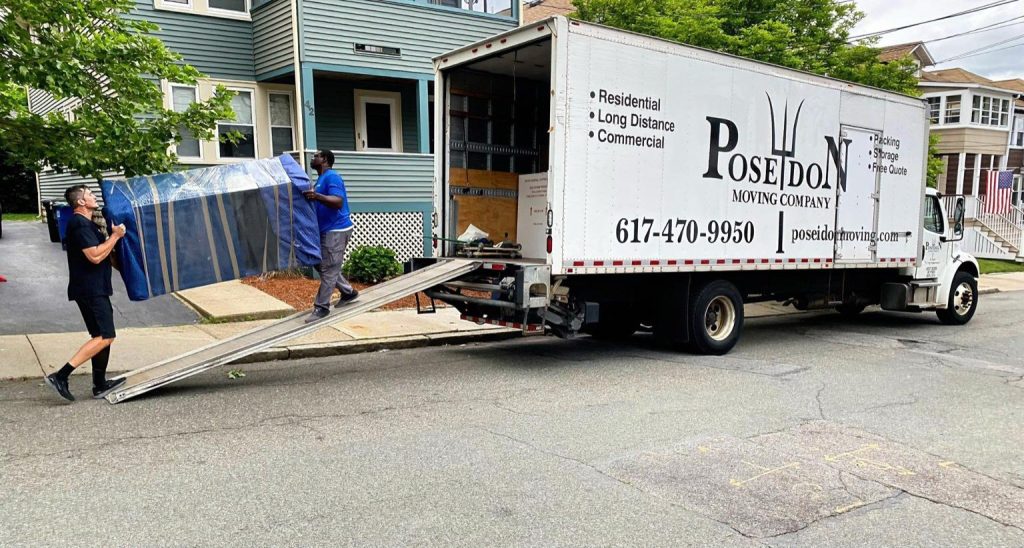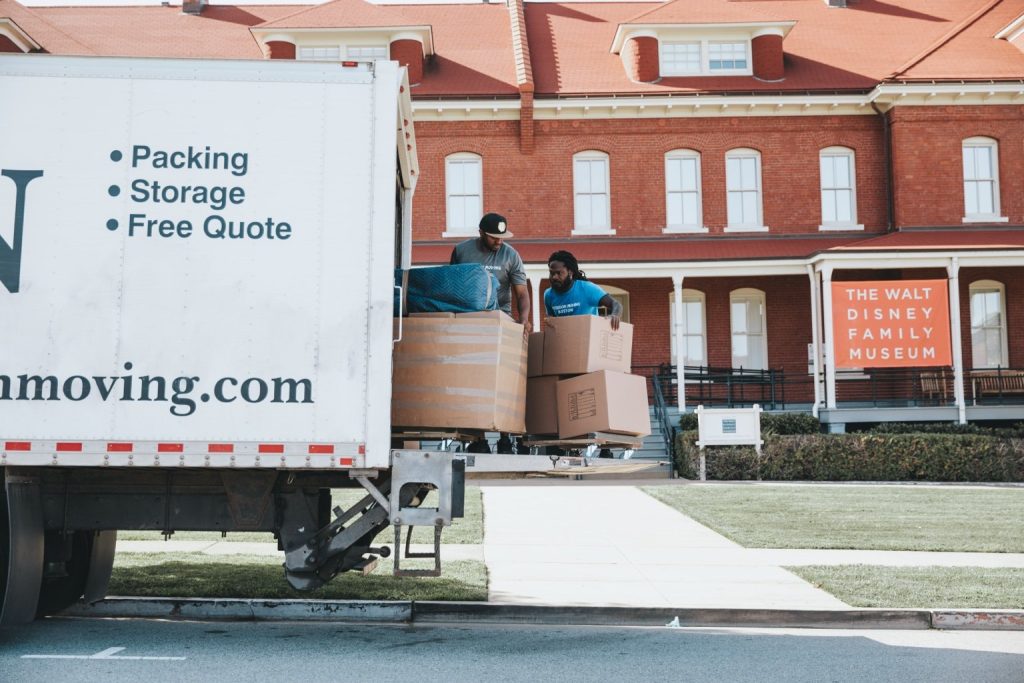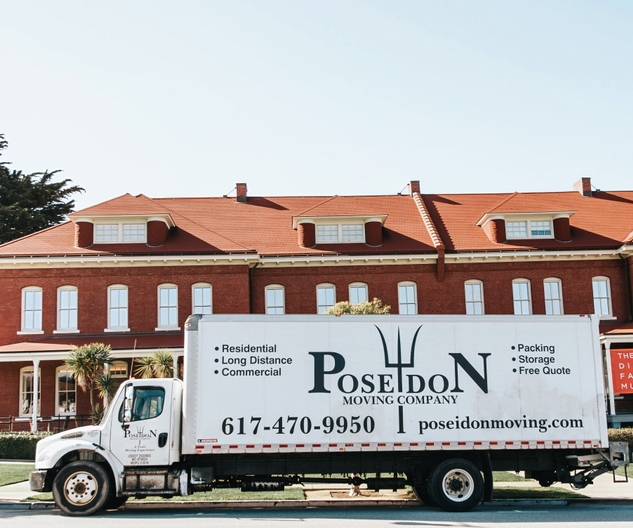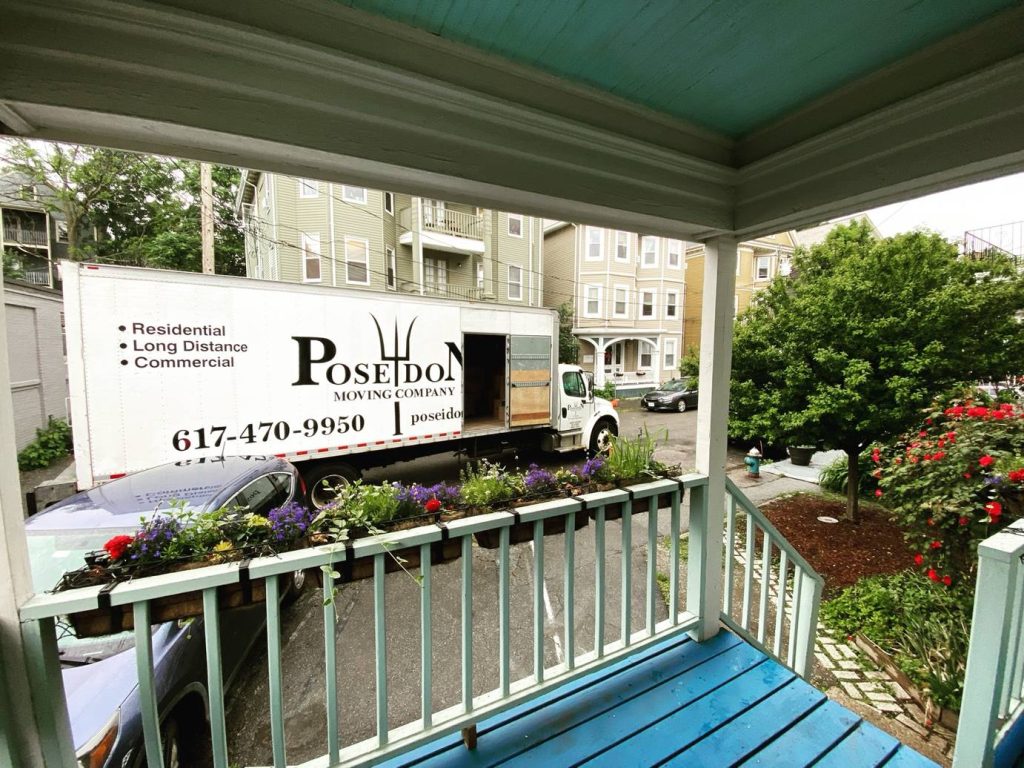When planning a move, one of the biggest concerns is understanding the costs involved. With different pricing structures, service levels, and factors like distance and seasonality, it’s easy to feel unsure about what to expect. Whether you’re moving locally or preparing for a long-distance move, knowing how moving companies determine pricing can help you make informed decisions.
The cost of hiring a professional moving company varies based on the level of service you need—such as packing services, furniture disassembly, transportation, and storage. Some movers charge by the hour, while others offer flat-rate pricing for long-distance moves.
Below, we break down key cost factors, typical pricing ranges, and money-saving strategies to help you budget for a seamless, stress-free relocation.
How Much Do Movers Cost in Boston?
Breaking Down Moving Costs in Boston: What to Expect
The cost of hiring movers in Boston depends on several factors, including timing, distance, and service level. Moving during peak seasons like summer and weekends typically costs more due to high demand, while scheduling a move during off-peak times (such as mid-week or winter months) can secure lower rates.
Beyond timing, the size of your move and the services you choose will impact your total cost. A full-service move (including packing, furniture assembly, and storage) will be more expensive than a basic transportation-only move. If you have specialty items such as pianos, antiques, or fine art, additional protective measures will increase the price.
Other factors, such as travel time fees, minimum hourly charges, and additional moving services like packing and storage, can also add to your total moving cost. Most movers in Boston charge a minimum of two to three hours per move, even for short distances, and factor in travel time to and from the job site.
Local vs. Long-Distance Moving Costs in Boston
Average Cost of Local Movers Per Hour & Estimated Time
The cost of local movers depends on several factors, including home size, number of movers needed, and total move time. Larger homes require more movers and additional hours, while smaller moves may be completed more quickly.
Most moving companies have a minimum charge of 2–3 hours, even for quick moves, and travel time is often included in the total cost. Additionally, factors such as stairs, elevators, long carry distances, weather conditions, traffic congestion, and parking availability in busy city areas can further impact the final price.
Additional services like packing, furniture wrapping, and storage also affect the cost. While most moving companies include moving blankets for protection, some charge extra for materials like plastic wrap, tape, and mattress covers. If you require packing services, you’ll pay extra for labor and supplies.
Below is a breakdown of estimated hourly rates and move durations to help you plan your budget effectively.
Average Cost of Long-Distance Movers by Mileage & Home Size
The cost of a long-distance move depends on several factors, including mileage, home size, and additional services such as packing and storage. Moving longer distances requires more fuel, labor, and logistical coordination, which increases overall costs. Larger homes require bigger trucks and more movers, leading to higher prices compared to smaller apartments.
For example, a move from Boston to New York typically falls within the 200-500 mile range, while relocating from Boston to Washington, D.C. fits into the 500-1,000 mile category. Longer relocations, such as Boston to Chicago or Boston to Miami, will have higher pricing due to increased mileage. Cross-country moves—like Boston to Austin, Boston to Salt Lake City, or Boston to San Francisco—require extensive planning and logistics, making them the most expensive.
Other factors such as moving during peak seasons, requiring specialty services, or having difficult access points (stairs, elevators, or narrow hallways) can also impact your total cost. Additionally, long-distance movers use different pricing structures, including flat-rate pricing, weight-based pricing, and volume-based pricing. Some companies charge based on the total weight of your shipment, while others calculate costs by cubic feet.
Additional services, such as packing, storage, and specialty item handling, can also increase the final price. Below is a breakdown of estimated long-distance moving costs based on mileage and home size.
What’s Included in Boston Moving Costs?
When hiring professional movers, it’s important to understand what standard services are included in the base price. While many moving companies provide essential services like loading and transportation, others charge separately for tasks like packing and storage. Knowing what to expect in advance helps you plan your budget and avoid hidden fees. Additional services like packing, storage, or specialty item handling may cost extra. Always ask for a detailed quote to avoid surprises.
Most professional moving companies include:
● Professional labor for loading and unloading
● Transportation of belongings
● Basic furniture disassembly and reassembly
● Moving truck & fuel
● Basic liability coverage
Hidden Moving Costs in Boston: What to Watch For
While most people focus on hourly rates or flat-rate pricing, many are unaware of extra charges that can increase moving costs significantly. Some moving companies don’t always disclose these fees upfront, leaving customers with unexpected expenses on moving day. Understanding these hidden fees ahead of time ensures you can budget properly and avoid last-minute surprises.
Here are some common hidden fees to be aware of:
● Stairs & Elevator Fees: If movers need to carry items up/down flights of stairs, some companies charge per floor.
● Long Carry Fees: If the moving truck can’t park close to your home, movers may charge extra for carrying items long distances.
● Last-Minute Booking Fees: Movers charge higher rates for last-minute moves, especially during peak season.
● Storage Fees: If your new home isn’t ready, you may need temporary storage—which costs extra.
● Packing Materials: Some companies charge separately for boxes, tape, and protective wrap.
● Heavy & Specialty Item Fees: Moving pianos, safes, or antique furniture may require additional equipment and labor.
Pro Tip: Always ask for a breakdown of potential extra charges before signing a contract.
Tips for Saving on Moving Costs
Finding an affordable moving company in Boston requires more than just looking for the cheapest price. While affordability is important, choosing a company based solely on low cost can lead to hidden fees, unreliable service, or even moving scams. The best approach is to compare movers carefully, ensuring they offer transparent pricing, strong customer service, and positive reviews before making a decision.
To reduce your moving costs:
● Book Movers Early – Avoid last-minute price hikes.
● Move During Off-Peak Times – Mid-week and winter moves cost less.
● Declutter Before Moving – Fewer items mean lower moving costs.
● Compare Multiple Quotes – Get at least 3 price estimates before choosing a company.
● Pack Your Own Items – Full-service packing adds hundreds to thousands of dollars.
Why Hire Professional Movers?
Boston is one of the most challenging cities to move in—tight streets, limited parking, and multi-story buildings make DIY moves stressful. Hiring professionals eliminates the hassle by providing expert handling, faster service, and added protection for your belongings. The right movers save you time, reduce stress, and prevent costly damage. Here’s why working with professionals is worth it.
● Expertise and Efficiency: Movers handle everything from heavy furniture to fragile antiques with proper techniques.
● Time-Saving: Instead of spending days packing and lifting, let professionals streamline the process.
● Damage Prevention: Movers use protective padding, dollies, and proper securing techniques.
● Insurance and Liability Coverage: If something breaks, you’re covered—unlike DIY moves.
● Peace of Mind: No stress about logistics, truck rentals, or finding last-minute helpers.
Tips for Finding Affordable Movers in Boston
Finding the right moving company at the best price requires research and comparison. While affordability is important, choosing the cheapest option isn’t always the best strategy—some companies cut corners on service or add hidden fees later. To get the best deal without sacrificing quality, follow these steps. When researching Boston moving companies, prioritize those with transparent pricing, strong customer service, and positive reviews.
● Get Multiple Quotes – Compare at least three companies.
● Check Reviews & Ratings – Look for real customer testimonials.
● Ask About Hidden Fees – Avoid unexpected charges.
● Verify Licensing & Insurance – Protect yourself from rogue movers.
● Consider Off-Peak Scheduling – Lower demand = better prices.
Get a Free Moving Quote for Your Boston Move Today!
Whether you’re planning a local or long-distance move, working with experienced, licensed movers ensures a smooth transition. From small apartments to large homes and businesses, professional movers handle every detail with care.
Get a free quote today and see why customers trust Poseidon Moving for their Boston relocation!
